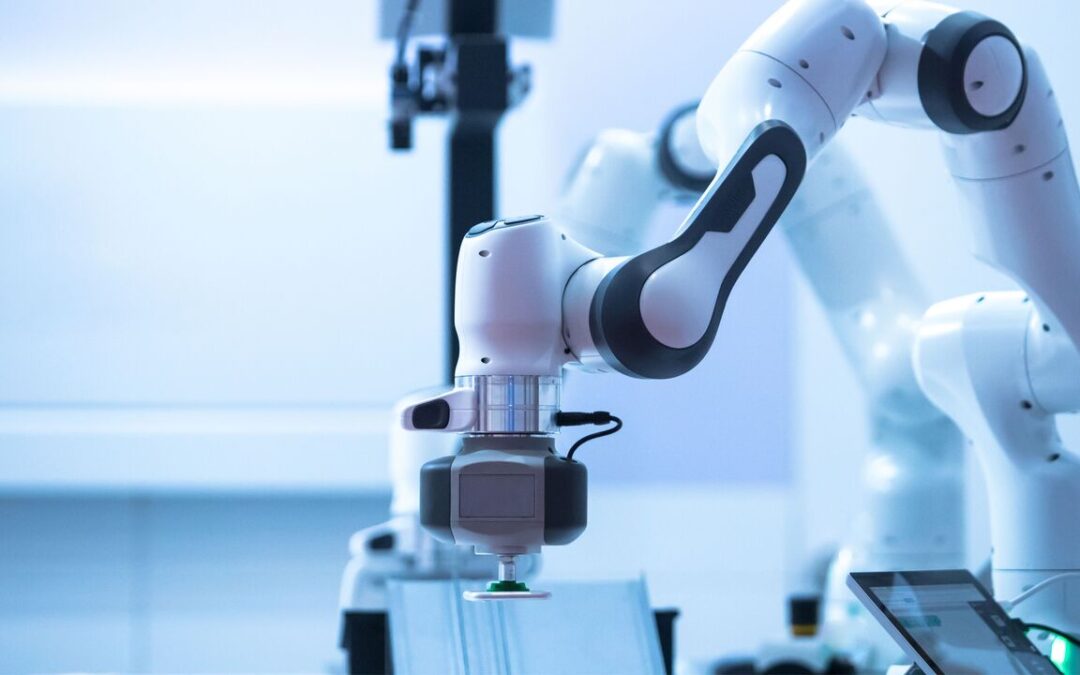In 2025, the world of healthcare stands at a precipice. Myriad factors are converging that are poised to bring massive changes to the field. Disruptive, systematic shifts and major advances in technology and medical science could make the treatment centers, hospitals, and other healthcare resources of the future very different from what we know today. Recent shocks, such as the 2020 COVID-19 pandemic, exposed major weaknesses and areas for improvement, but it also helped supercharge a wave of innovation in operations, diagnostics, and care delivery.
Further changes are inevitable, and it’s up to the healthcare leadership of today to embrace not only the small-scale incremental developments happening on a day-to-day level, but to lean into the visionary thinking necessary to adapt to the field’s most daunting challenges and reshape medical infrastructure, models of care, and patient engagement. This article will map out several key areas of importance that will likely play a role in shaping healthcare in the next decade and beyond.
Refining Precision in Ultrasound and Robotics
The latest ultrasound devices have evolved from a diagnostic tool into a real-time interventional platform, providing precision and guidance that is continually improving. The latest guidance systems such as RIVANNA’s Accuro and upcoming Accuro 3S are capable of delivering highly precise, point-of-care imaging to support neuraxial anesthesia that addresses common workflow challenges, such as the unreliability of traditional palpation techniques in locating anatomical landmarks, particularly in patients with atypical anatomy or high BMI.
Future systems could potentially include robotic guidance working in concert with ultrasound, allowing full automation of needle placement and positioning with a degree of precision not currently accessible in today’s devices. An example could include robotic arms trained by AI to respond to ultrasound feedback. Such developments would herald a shift towards reduction in variability, automated workflows, and greater efficiency in surgical and outpatient settings.

AI and Machine Learning: From Data to Decision Making
With advancements developing at a rapid pace, it’s impossible to discuss the future of healthcare without addressing the impacts of AI and machine learning. Machine learning algorithms are now being used to assist in the interpretation of pathology, radiology, and dermatology imaging, with some models approaching or matching the accuracy of the world’s best human experts. In a 2020 study, Google Health’s AI model was able to detect breast cancer with superior accuracy in specific metrics over radiologists.
One of AI’s core abilities is Natural Language Processing (NLP). This ability will be increasingly applied in order to identify actionable insights from voice dictation, clinical notes, and electronic health records (EHRs). AI tools like Nuance Dragon Ambient eXperience (DAX) can capture conversations between patients and physicians to automatically document clinical notes, reducing documentation time by up to 50%, thereby decreasing administrative burden for hospital staff.
As use of AI continues to spread, concerns about bias, transparency, and explainability will need to be addressed. Healthcare leadership must take great care in the adoption of this technology and push for regulation that guides responsible, ethical development. Without adequate trust and guardrails, the effectiveness of AI in the medical field could be greatly diminished.

Bioengineering and Deep Personalization of Treatment
The accelerating development of technologies in the realm of genomics, bioengineering, and computational biology is allowing for extensive personalization of treatment. Advances like CRISPR-Cas9 gene editing will transform the treatment of genetic disorders; meanwhile, advances in tissue engineering have allowed for the regeneration of damaged organs and tissues, with successful cultivation of corneas, skin, and blood vessels in the lab setting. 3D bioprinting technology, while still in the research stage, could eventually allow for the creation of replacement organs for transplantation. Continued development in pharmacogenomics is starting to be used in order to tailor medications to a patient’s unique genetic profile, which has major implications in the fields of oncology and cardiology. For healthcare executives, the challenge will lie in developing and supporting the infrastructure needed to integrate these technologies efficiently and effectively as their adoption becomes mainstream.
Surgical Robotics and Digital Twin Technology
Innovations in surgical robotics and ‘digital twin’ technologies are poised to be another transformational force in the future of healthcare. Surgical robotics have entered a new paradigm of precision. Digital twin technology, a virtual duplicate of a patient’s physiology and anatomy, allows for simulation of surgical procedures, giving surgeons greater opportunity to refine their approach based on the patient’s characteristics.
These advancements will also have impacts in the medical training and continuing education space as well. To be prepared for the future, healthcare leaders may need to invest resources into robotic surgery programs and accompanying data infrastructure.

The Future of Regulations, Policy, and Academia
The area of healthcare regulation, particularly with regard to new technology, can be difficult to predict. The US Food and Drug Administration (FDA) enacted its Digital Health Software Precertification pilot program, which concluded in 2022, to inform development of an adaptive regulatory approach for software and AI-based tools; this laid the groundwork for future regulatory innovation that may support faster development of digital health solutions. Meanwhile, academic medical centers should continue to play a significant role in research and tech development; partnerships between health systems, academia, and medtech firms continue to fuel innovations in a number of areas. Collaborating with academia enables healthcare executives to fast-track innovation while helping shape the regulatory frameworks that govern it.
Strategic Leadership into the Future
Healthcare Chief Strategy Officers (CSOs) will be more important than ever in the face of disruptive technologies and global challenges affecting the healthcare sector. Their ability to identify long-term risks and emerging technologies will enable actionable strategic plans. With data-driven foresight, CSOs can guide technological transformation with readiness initiatives that help align compliance, IT, and clinical operations in preparation for upcoming changes.
Transformative Culture
Culture plays a major role in the success of healthcare operations, and the development of an organizational culture that is open to change is paramount if healthcare systems are going to adapt successfully. Introduction of new technologies can fail because of cultural resistance, fractured leadership, and entrenched practices. To counter this, healthcare leaders can create environments that encourage curiosity, support continuous learning, and promote cross-disciplinary collaboration. By modeling openness and championing bold pilot programs, leadership sets the tone for innovation. As healthcare shifts towards personalized medicine, digitization, and value-based care, an agile and adaptable operating model will be essential.
From Vision to Execution
The future of healthcare will be profoundly transformed by norm-shattering technological advancements, but cultural readiness and strategic courage on the part of leadership will be critical for an effective transition. The most effective health systems will be prepared to innovate and incorporate new systems and workflows, all while keeping high-quality patient care at the center. The message for healthcare executives is clear: lead with vision and purpose, be prepared for disruption, and invest in systems that adapt and put patients first.
Patient satisfaction builds reputations.
